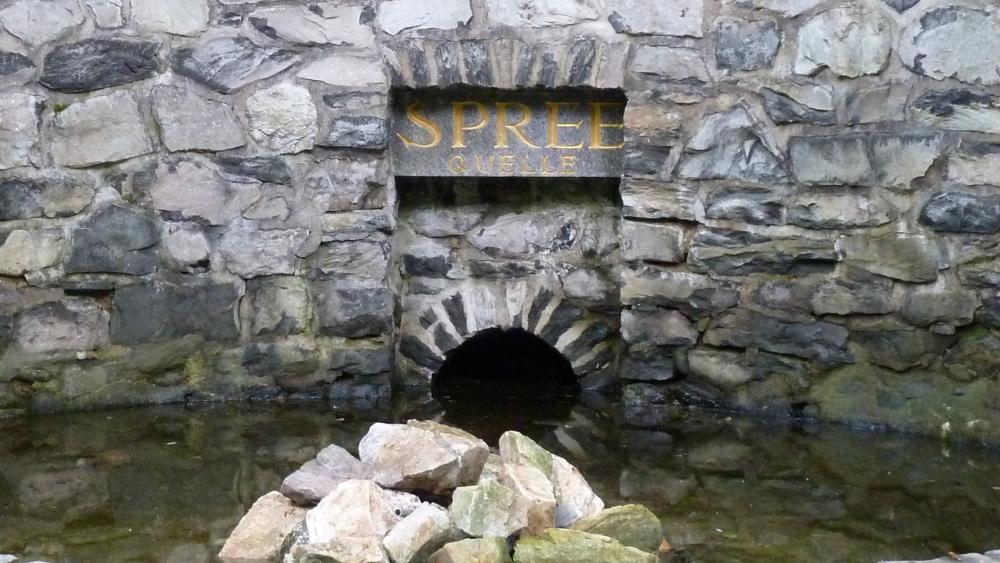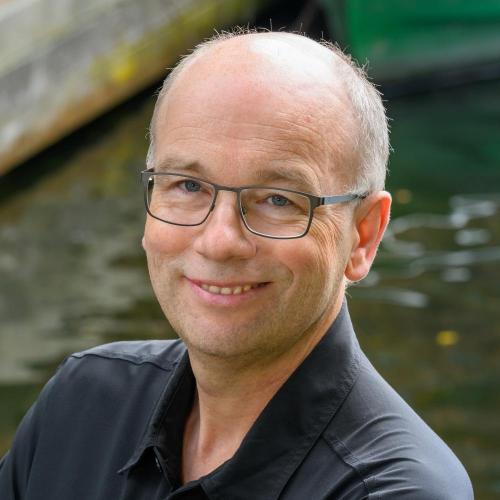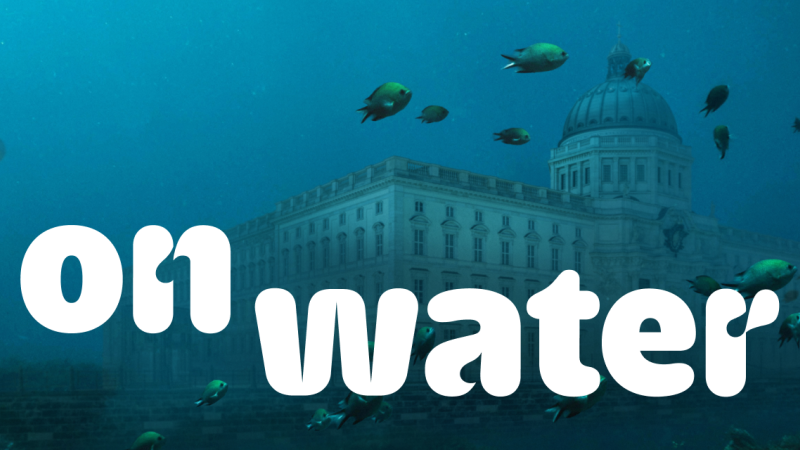
A source of the River Spree. I Photo: Jörg Gelbrecht
The topic is important: many drinking water resources depend on the exchange between groundwater and surface water. Nutrients and pollutants can also be transported, converted, retained or accumulated along the flow paths. Most studies deal with fluxes from surface to groundwater. However, the researchers in this Special Issue also conducted research "against the flow".
Groundwater...
...and the zone in between - hyporheic zone
The layer between groundwater and surface water is a transport route, but also a filter and catalyst; Jörg Lewandowski examines the complex processes in this transition zone and summarized its important ecosystem services - such as the retention and degradation of pollutants: Is the Hyporheic Zone Relevant beyond the Scientific Community?
...and rivers
Tao Tang from the Chinese Academy of Sciences in Wuhan (China) found that groundwater can contribute substantially to the runoff of rivers; and has a significant influence on water temperature and chlorophyll a dynamics: Temporal Effects of Groundwater on Physical and Biotic Components of a Karst Stream
...and lakes
Zhiming Han from the Inner Mongolia Agricultural University in Hohhot (China) showed that the fluxes between groundwater and lake change depending on season and precipitation. The input of phosphate with the groundwater inflow to lakes has so far been underestimated, according to Catherina Nisbeth from the University of Copenhagen in Denmark: Role of Groundwater-Borne Geogenic Phosphorus for the Internal P Release in Shallow Lakes.
...and oceans
It is a complex undertaking to investigate the groundwater inflow to oceans. This special issue presents new measurement methods; Carlos Duque from Aarhus University in Denmark used stable isotopes of water to determine nutrient transport from fresh water to salt water: Application of Stable Isotopes of Water to Study Coupled Submarine Groundwater Discharge and Nutrient Delivery
... and peatlands
Moors contribute to supplying the groundwater reserves. Renaturation of peatlands therefore also serves to protect the groundwater. Two studies provide decision-making tools for peatland management; Marc Harvey from the American University of Connecticut, for example, developed an evaluation method for the renaturation of wetlands with the aim of restoring the connectivity of groundwater reservoirs: Evaluation of Stream and Wetland Restoration Using UAS-Based Thermal Infrared Mapping.
"We provide an overview of the current research progress and innovative approaches in the broad field of groundwater-surface water interactions. We also point out current gaps in knowledge and the challenges in establishing standardized measurement, monitoring and evaluation methods. The work on the publication has encouraged all authors to continue working together on this important topic", says Jörg Lewandowski.
Curious? Read Special Issue "Groundwater-Surface Water Interactions" open access in Water >





